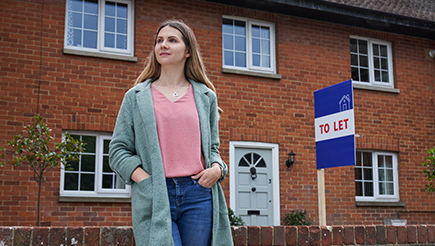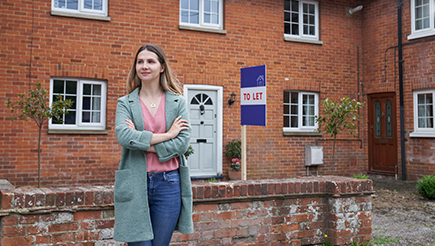Long-term renting is on the rise. It’s estimated that by 2021, one in four households in Britain will be living in privately-rented housing.
As the cost of buying a property continues to rise in the UK, could we be looking at a more German model of accommodation, where long-term renting is the norm among families and professionals?
If so, that could be good news for landlords. Here's how taking the long view can help your property business thrive.
The benefits of long-term tenancies
A long-term tenancy protects your investment and ensures you have a regular income. Finding new tenants can be time-consuming and expensive, so it’s not something you might want to do too regularly. An empty property does little but empty your bank account, whereas long tenancies can ensure greater occupancy and better rental yields.
It could also mean you get better tenants: generally speaking, an individual or family renting long-term is more likely to respect and look after your property. You’ll also get to know each other over time, which makes the whole landlord-tenant relationship easier.
Somebody looking for a long-term home tends to want stability and reliability – and so do you. It's the perfect match.
How to attract long-term tenants
So how do you attract these dream tenants? Put simply, make them feel at home. Consider letting them redecorate so it feels like their space. If you're nervous about their tastes in interior design or that they’ll ruin your property, you can set guidelines like having the work done professionally, or require them to restore the property to clean white walls when they vacate. Either way, it saves you the job.
When it comes to bathrooms and kitchens, however, make sure they're gleaming like new: a long-term tenant does not have the “make-do” attitude that one who is just passing through may have.
Marketing your property as unfurnished could appeal to more mature tenants who have their own things, want to settle down, and who don’t want the problem of furniture storage.
Many landlords have an almost-instinctive pet embargo. However, landlords that don’t allow pets could be restricting their market. An unfurnished property doesn’t have sofas to damage, and you can set boundaries (for example, a maximum of two cats).
Advertise the fact that you’re a registered landlord and that you have the right residential landlord insurance cover – as this is reassuring for long-term tenants.
Making sure you have the right long-term tenant
Signing your property over to a new tenant for a long period can be daunting. You can always start off with a six-month probation period (set out as an assured shorthold tenancy) to make sure they are the right fit.
Companies such as Experian will carry out tenancy checks to minimise your risks, and don’t forget the usual landlord checks such as the right to rent. You’ll need to get a tenancy agreement in place, too.
As well as all the paperwork and checks, get to know prospective tenants. Meet them or show them around the property yourself, and start to build some rapport.
If all goes well, this could be the start of a long and mutually beneficial relationship.






